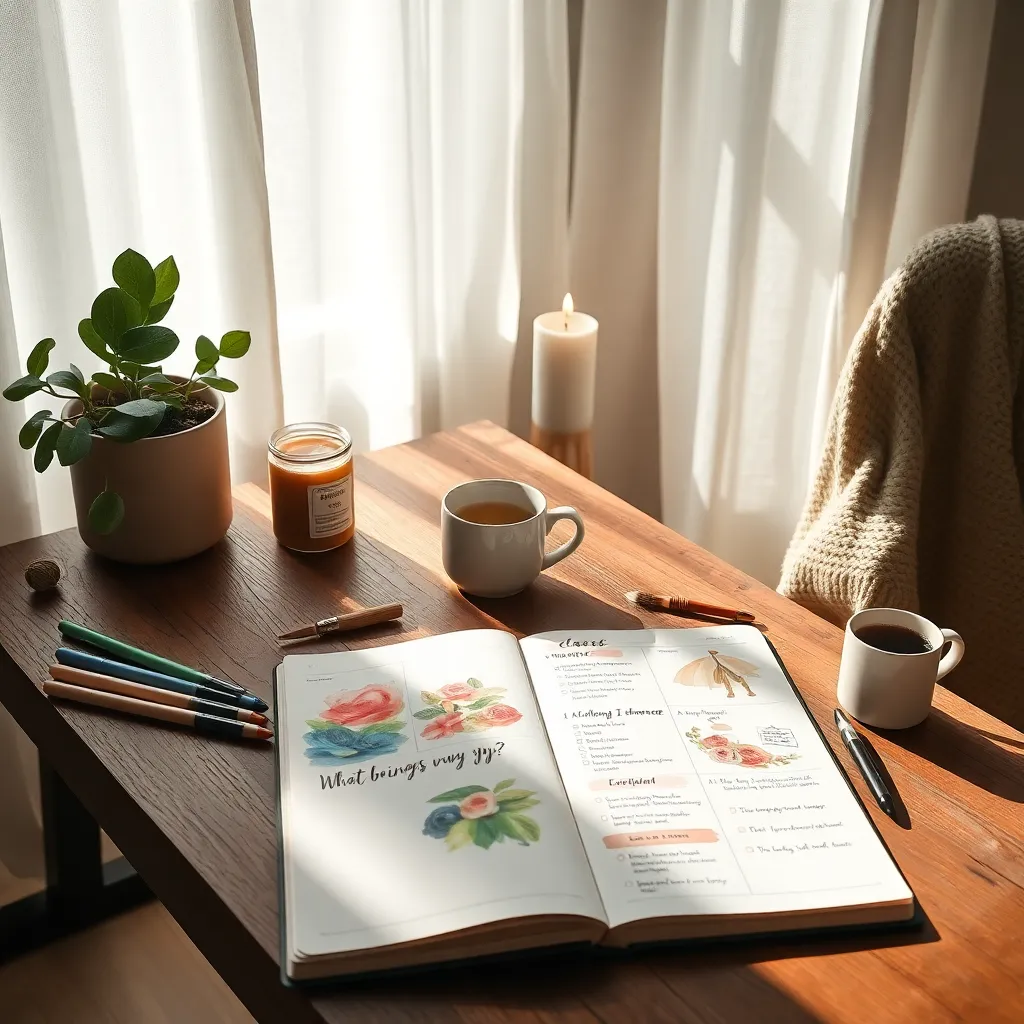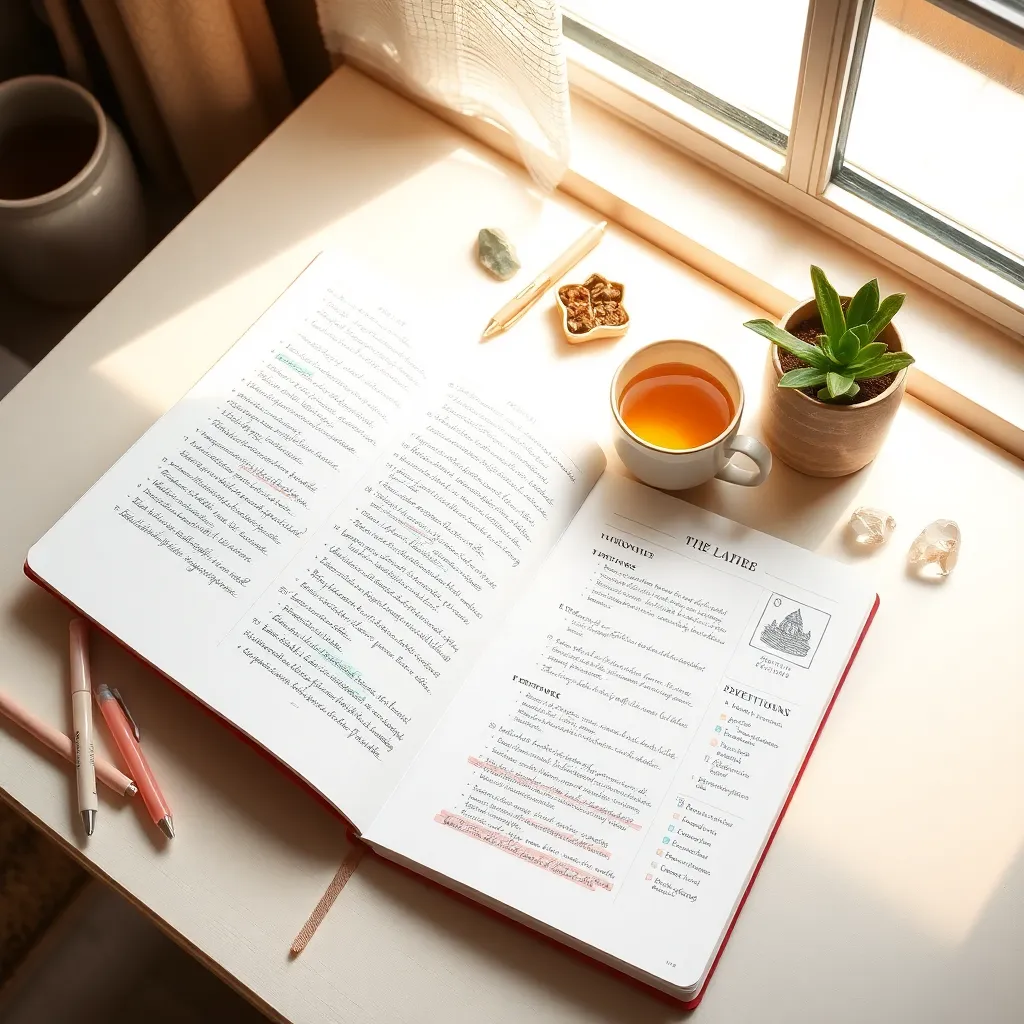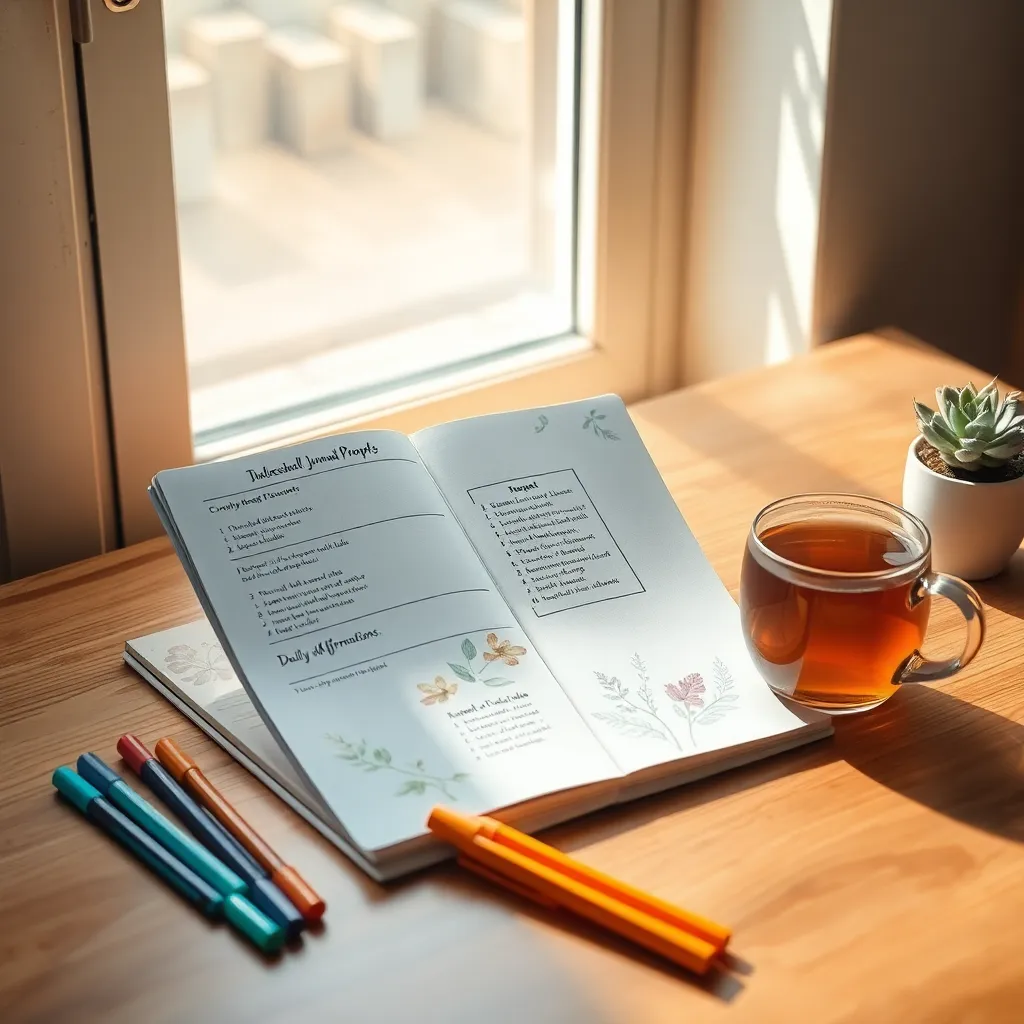In the whirlwind of daily life, emotions can become tangled, leaving us feeling overwhelmed. Journaling serves as a gentle pathway to unravel these feelings, offering both solace and insight.
By putting pen to paper, you open doors to emotional freedom and newfound clarity. Discover how this simple practice can transform your inner world with each heartfelt entry.
Understanding Emotional Release Through Journaling

Emotional release through journaling is about letting your feelings flow onto the page. Try a “free-write” session—set a timer for 10 minutes, write without stopping, and let your emotions surface naturally.
Another effective method is using prompts. Reflect on “What am I holding onto that I need to release?” or “What emotions do I need to acknowledge today?” These can guide you in uncovering and releasing hidden emotions.
Techniques for Clarity in Writing

Begin by setting a clear intention for your journaling session. Focus on one emotion and explore it deeply. This helps in untangling thoughts and gaining perspective. Consider the prompt:
- “What am I truly feeling right now?”
Another technique is to use stream-of-consciousness writing. Write continuously without editing to uncover hidden feelings. This free-flow approach often leads to breakthroughs. Try the prompt:
- “If I could speak to my emotions, what would they say?”
Guided Prompts for Deep Introspection

Try starting your journaling session with a **single-word focus**. Choose a word that resonates with your current emotions—like “hope” or “fear”—and write about why it holds significance for you today.
Another effective technique is **”What if?” prompts**. Pose questions like, “What if I let go of my past?” or “What if I embraced change?” Write freely, exploring thoughts and feelings these scenarios evoke.
Transforming Chaos into Calm Words

Transform chaos into calm by starting with a simple practice: mindful breathing before writing. Take a few deep breaths to center yourself, allowing thoughts to settle naturally.
Use focused prompts to channel emotions:
- What am I grateful for today?
- What is one small thing I can let go of?
These encourage clarity and emotional release, transforming your journaling into a peaceful ritual.
Building a Consistent Journaling Practice

Start small to build consistency. Set aside just five minutes daily. Use the prompt “What am I grateful for today?” to anchor your practice.
Keep it simple and focused. Another prompt to consider is “What emotion needs my attention right now?” These help foster emotional clarity and release.
Conclusion: Creating Beautiful Outdoor Spaces
In exploring the profound impact of journaling on relationships, we uncovered five key concepts: the power of self-reflection, the importance of emotional release, the ability to clarify thoughts and feelings, the enhancement of communication skills, and the strengthening of emotional connections. By delving into these areas, journaling becomes a transformative tool for personal growth and relationship enhancement.
To begin experiencing these benefits, start with a simple yet effective step: dedicate just five minutes each day to jot down your thoughts and feelings. This small daily commitment can lead to significant insights and improvements in your relationships.
Remember, this article is a resource you can return to time and time again. Bookmark it now so you can revisit these insights and continue nurturing your relationships.
As you move forward, embrace journaling as a pathway to relationship success. By committing to understanding and articulating your emotions, you set the stage for deeper connections and more fulfilling interactions. Your relationships have the potential to thrive, and it all starts with the simple act of putting pen to paper. Here’s to a future filled with clarity, connection, and emotional growth!

